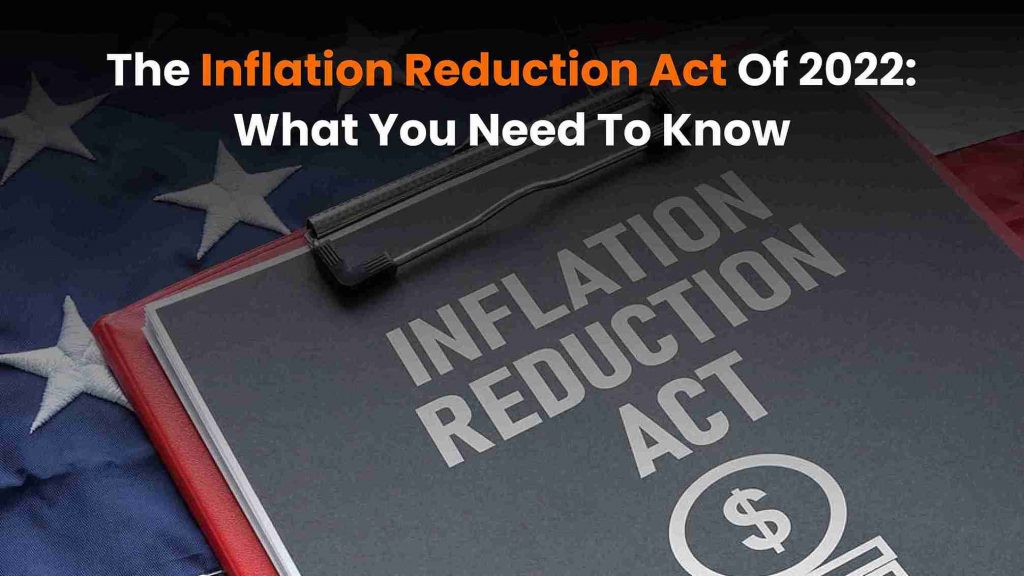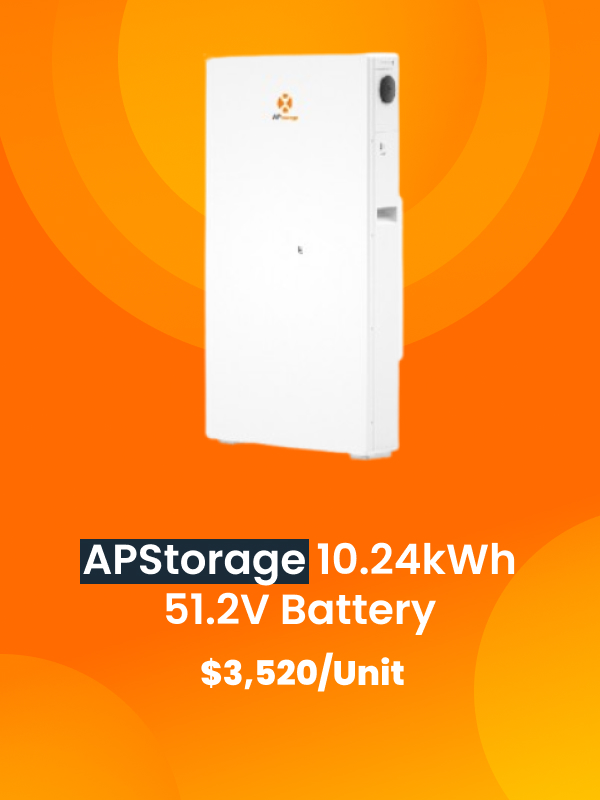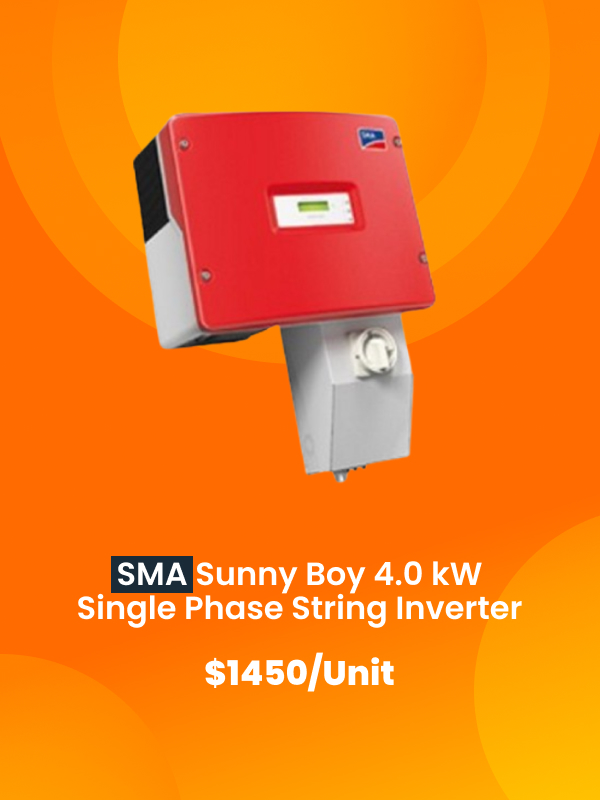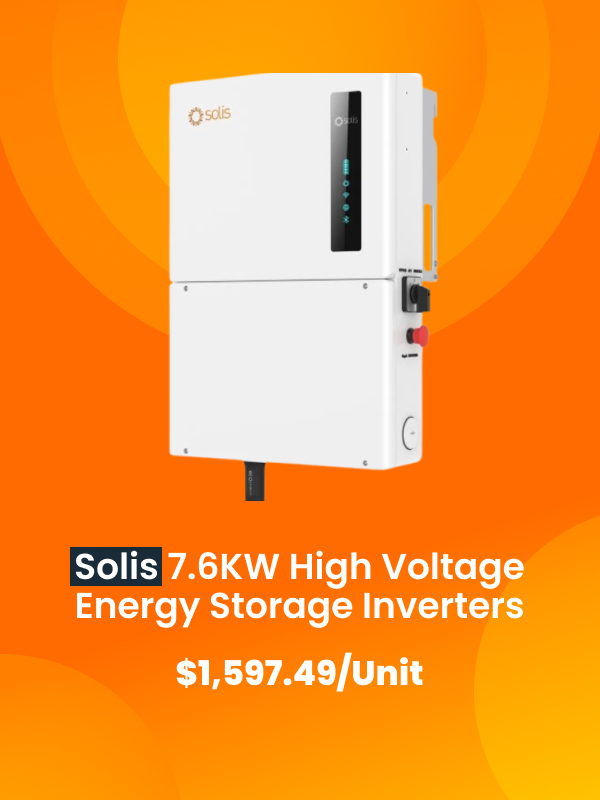The Inflation Reduction Act (IRA) went into effect on August 15th, 2022, with the lofty goals of lowering living costs for Americans, reducing the national deficit and combating the climate crisis. The Act earmarked $369 billion for energy and climate spending.
In this blog, we break down what this means for Americans and the solar industry at large:
Effect on the Environment
The stated goals of the act are to build a clean energy economy and reduce harmful pollution. The act aims to reduce greenhouse gas emissions by 40%, or 1 gigaton, in 2030. This would be 101 times more climate impact than any piece of legislation ever enacted. This massive impact will strengthen America’s climate resilience and protect almost 2 million acres of national forests.
Solar Energy Credits
Federal Residential Solar Energy Credit
Homeowners can install solar energy equipment any time from now until the end of 2032 and receive a 30% federal tax credit on all eligible expenses. The credit decreases to 26% in ‘33, 22% in 2034 and it currently expires in ‘35.
Eligible expenses include:
- Solar photovoltaic panels
- Wiring, inverters and mounting equipment
- Storage batteries
- Labor and installation
- Fees and inspection costs
In one noteworthy update, energy storage devices (batteries) with a rating of 3 Kw/Hrs or greater are now included on the eligible expenses list.
You can read more in our Q&A about your eligibility for the credit.
Solar Investment Tax Credit (ITC)
The solar Investment Tax Credit (ITC), also known as the section 48 credit for businesses, received the same-extension as its residential counterpart. It will have the same step down as its residential counterpart: 30% for the next 10 years, 26% in 2033, and 22% in 2034.
Adder credits (incentives) are available that can reduce investor tax liabilities by up to 50%. To encourage solar companies to Buy American as part of their upcoming projects, the IRA includes a 10% adder credit for projects that incorporate domestically sourced iron, steel, and manufactured components. According to this document from the Congressional Research Service, manufactured goods other than iron and steel must contain greater than 55% domestic content.
Solar Project Incentives
The following solar project incentives are available as well:
- 10% credit for projects in “energy communities,” that rely on significant employment from fossil fuel industries.
- 10% credit for projects in low-income communities
- 10% credit for projects on tracts of land formerly used as brownfields or that were previously associated with fossil fuels. Examples would include extraction points for coal or discontinued coal plants
- 20% credit for projects in low-income residential buildings or part of an economic benefit project
Manufacturing incentives
Tax credits will be extended to domestic manufacturers in a push to capture market share from Chinese manufacturers. Credits will be available for manufacturers of:
- Thin film photovoltaic cells or crystalline photovoltaic cells
- photovoltaic wafers
- solar grade polysilicon
- polymeric backsheets
- solar modules
Wafer credits will be issued at $12 per square meter and cells will receive credits at a rate of 4 cents per wattage capacity.
What’s next
These are historic changes in the solar industry. The tax implications are as significant as any we have seen for both businesses and residential customers. If you are considering purchasing solar equipment for your business or home, there’s no better time than now to contact Sunhub to ask us about our products or request a quote.




